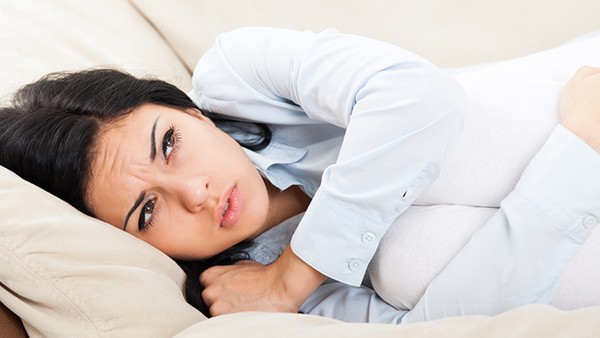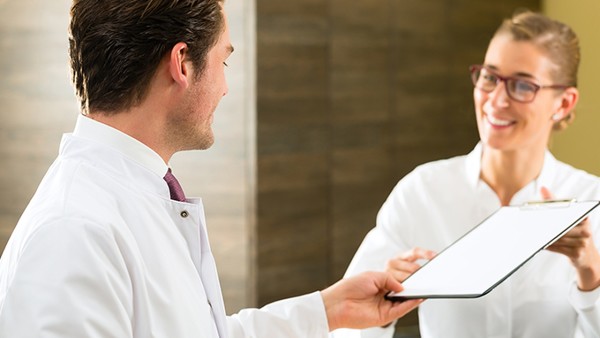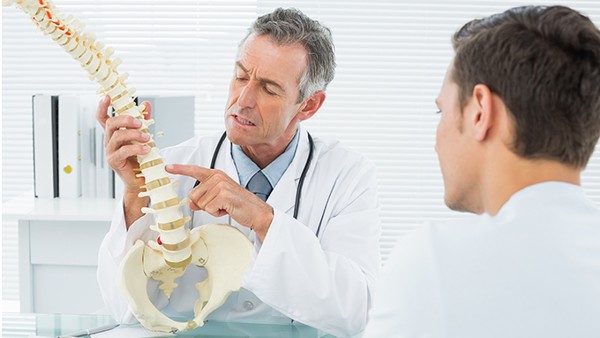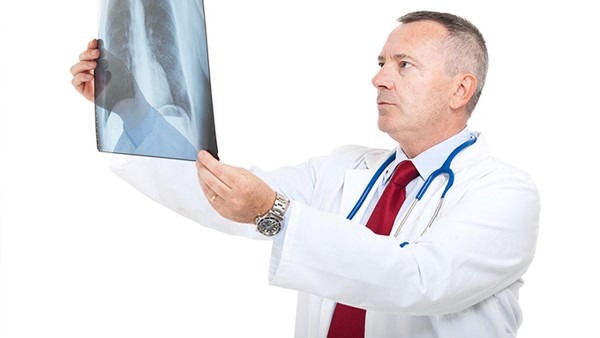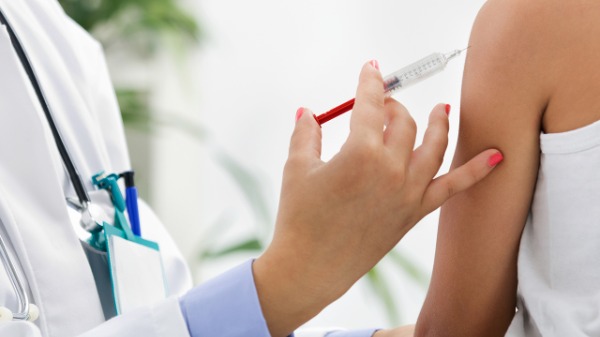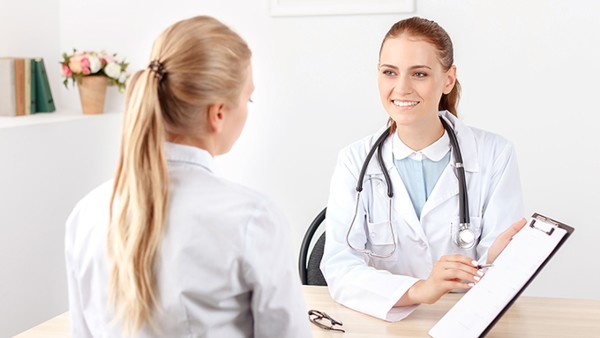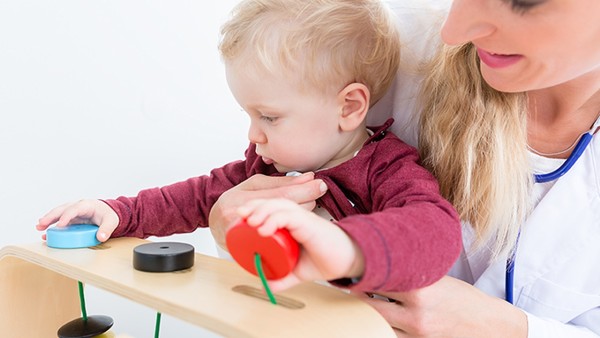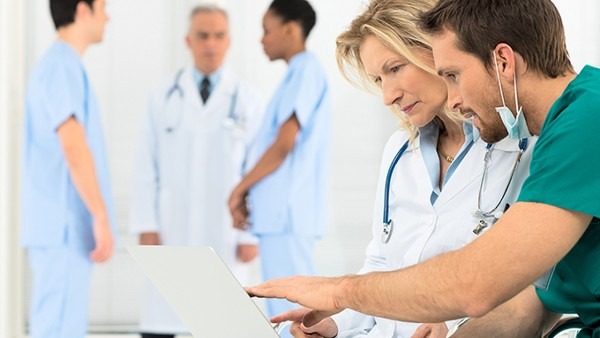How the Ovaries Transport Eggs
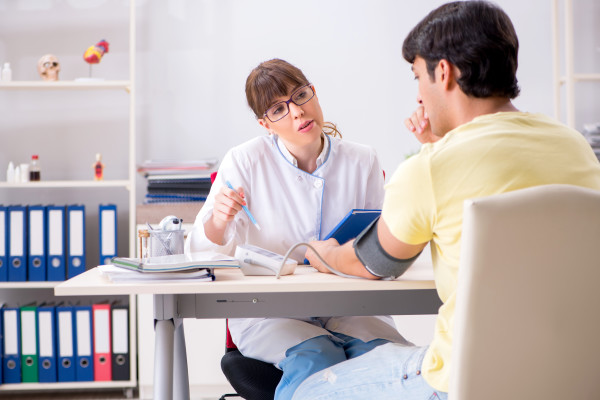
The ovaries are two small, almond-shaped organs located on either side of the uterus. They are responsible for producing and releasing eggs, as well as producing the hormones estrogen and progesterone.
The process of egg transport from the ovaries to the uterus is called ovulation. Ovulation typically occurs once a month, around day 14 of the menstrual cycle.
During ovulation, a mature egg is released from one of the ovaries. The egg then travels through the fallopian tube, which is a thin, muscular tube that connects the ovary to the uterus.
If the egg is fertilized by sperm, it will implant in the lining of the uterus and begin to develop into a baby. If the egg is not fertilized, it will be reabsorbed into the body.
The Role of the Ovaries in Egg Transport
The ovaries play a vital role in egg transport. They produce the hormones that trigger ovulation, and they also produce the fluid that helps the egg to travel through the fallopian tube.
The ovaries also have a number of other functions, including:
Producing the hormones estrogen and progesterone
Regulating the menstrual cycle
Maintaining fertility
Problems with Egg Transport
There are a number of problems that can affect egg transport, including:
Ovarian cysts: These are fluid-filled sacs that can develop on the ovaries. Ovarian cysts can block the fallopian tubes, preventing the egg from traveling to the uterus.
Pelvic inflammatory disease (PID): This is an infection of the reproductive organs. PID can damage the fallopian tubes, making it difficult for the egg to travel to the uterus.
Endometriosis: This is a condition in which the tissue that lines the uterus grows outside of the uterus. Endometriosis can block the fallopian tubes, preventing the egg from traveling to the uterus.
Treatment for Problems with Egg Transport
There are a number of treatments available for problems with egg transport, including:
Medication: Medication can be used to dissolve ovarian cysts and to treat PID.
Surgery: Surgery may be necessary to remove ovarian cysts or to repair damaged fallopian tubes.
Assisted reproductive technologies (ART): ART procedures, such as in vitro fertilization (IVF), can be used to help women with problems with egg transport to conceive.
Conclusion
The ovaries play a vital role in egg transport. They produce the hormones that trigger ovulation, and they also produce the fluid that helps the egg to travel through the fallopian tube. There are a number of problems that can affect egg transport, but these problems can be treated with medication, surgery, or ART procedures.
The above is all the content that the editor wants to share with you. I sincerely hope that these contents can bring some help to your life and health, and I also wish that your life will be happier and happier.
Tags: #the #how #ovaries